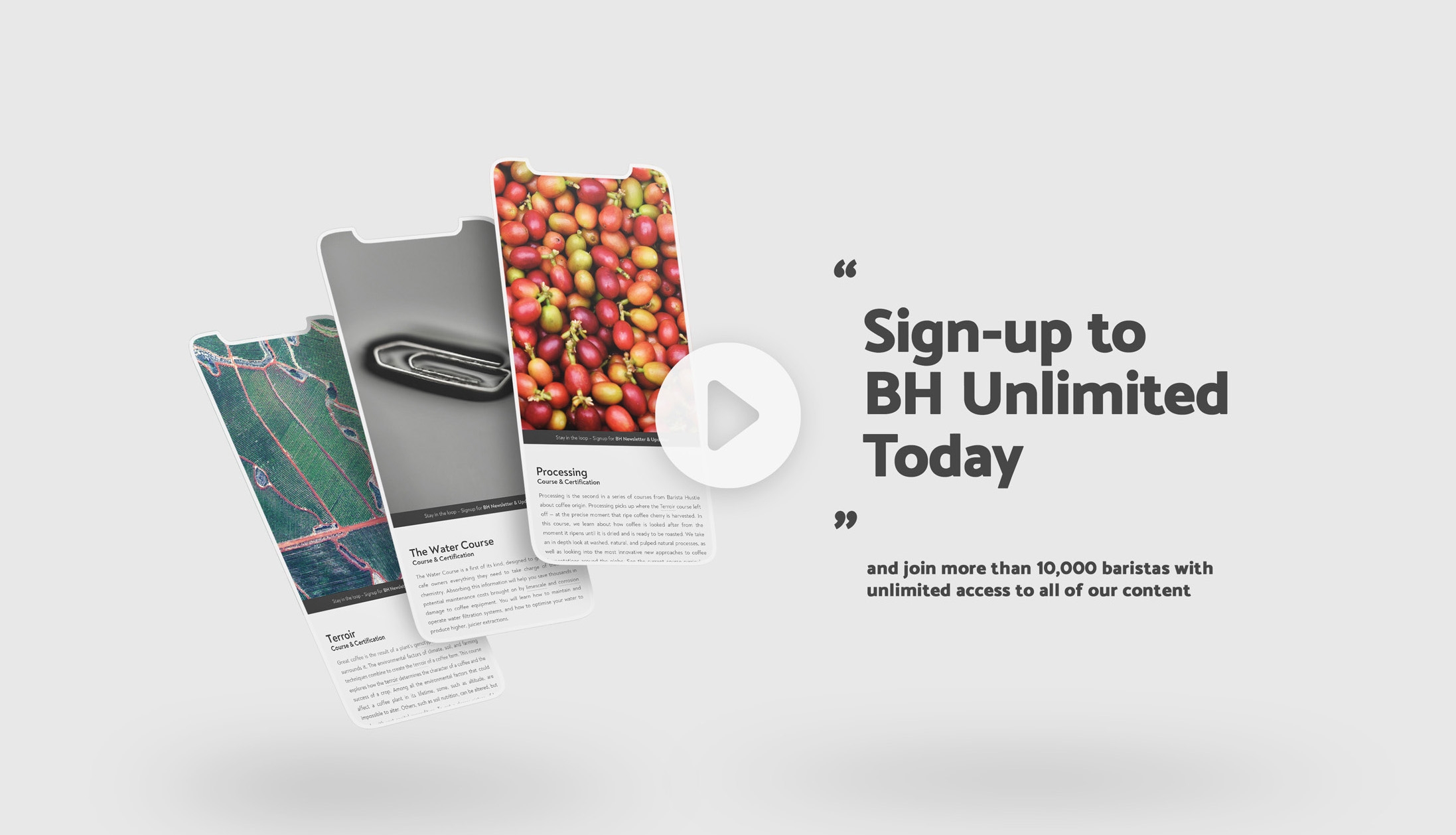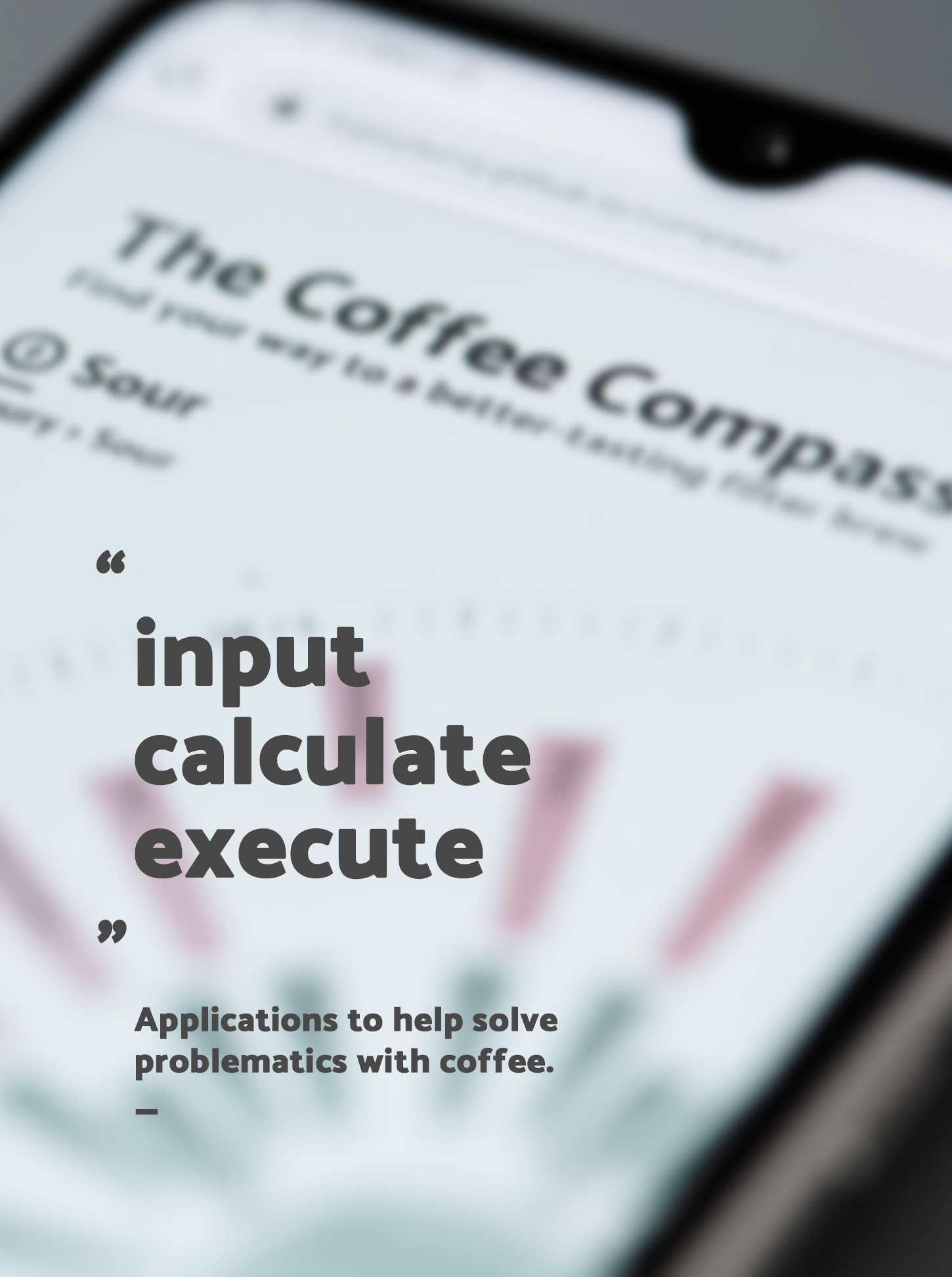A couple of years ago, we published a method for making your own water recipes, using concentrated mineral solutions, diluted with deionised water, to make a range of waters with different hardness and القلوية العالية.. This post updates that, with new recipes that allow you to easily target a specific GH and KH in your water.
We’ve also build a web app called the water calculator which allows you to work out what will happen if you add minerals to existing water, rather than just deionised water. This will be useful to anyone in soft water areas who would like to remineralise their tap water, for example.
ستحتاج إلى ما يلي قبل أن تبدأ:
- Baking Soda – NaHCO3, Sodium Bicarbonate (not to be confused with baking powder)
- Epsom Salts – MgSO4.7H2O, Magnesium Sulphate.¹
- ماء منزوع الأيونات/ مقطر/ فائق النقاء
- مقاييس (دقيقة حتى 0.01 جرام)
- 3 x ~1L water containers (preferably glass, and odour/residue free). Two containers are to make the concentrates in; the third is to mix your final brewing water in.
محلول المادة العازلة
Dissolve 1.68g of sodium bicarbonate in 1L of deionised water. This creates a solution with a KH (as CaCO3) as close as we can get to 1000ppm.
محلول عسر الماء
Dissolve 2.45g of أملاح إبسوم in 1L of deionised water. This creates a solution with a GH (as CaCO3) of 1000 ppm.
Create Your Own Water Recipe Using Deionised Water
Using these two solutions with deionised water is very simple. To get your desired KH and GH, you can simply use that number of mls of each solution, then make the total volume up to 1L with deionised water.
معدنة المياه الموجودة مسبقًا
إذا كنت تفضل زيادة درجة عسر الماء أو المادة العازلة في الماء المتوفر لديك بغرض الاستفادة من الكالسيوم أو المعادن الأخرى الموجودة فيه من قبل، فيمكنك استخدام هذه الحاسبة لمعرفة درجة العسر الكربوني والعسر العام وإجمالي المواد الصلبة الذائبة التي ستصل إليها المياه التي تستخدمها. وهو أمر مفيد إذا كنت ترغب فقط في زيادة عسر المياه المعدنية المعبأة التي تفضلها، مثلاً، أو معدنة مياه الصنبور إذا كنت تعيش في منطقة ذات مياه يسرة.
لاستخدام هذه الحاسبة، قم بقياس العسر الكربوني والعسر العام للمياه المتوفرة لديك (ويمكنك اختياريًا قياس إجمالي المواد الصلبة الذائبة)، ثم أدخل هذه الأرقام في الحاسبة بالإضافة إلى كميات كل محلول تعتزم استخدامه.
سترى أن إضافة 10 مل من المحلول لا تؤدي ببساطة إلى زيادة العسر الكربوني والعسر العام بمقدار 10 درجات، كما هو الحال مع الماء المقطر. هذا لأن المحاليل نفسها تخفف الماء الذي استخدمته في البداية. ومن خلال تعديل كميات كل محلول تستخدمه وفقًا لذلك، من المفترض أن تتمكن من تحديد الكمية التي ستحقق لك العسر العام والعسر الكربوني المستهدفين.
Why Are These Recipes Different?
Our previous solutions were designed to give you 1g/L of magnesium or bicarbonate ions, respectively. However, this is not the way that we usually measure hardness and القلوية العالية..
Rather than give the concentration of the ions directly, both hardness (GH) and القلوية العالية. (KH) are usually measured in calcium carbonate equivalents. In other words, it tells you how many parts per million of calcium carbonate you would have, if all the hardness or القلوية العالية. was due to calcium carbonate alone.
It’s measured this way because simple drop test kits can’t distinguish between calcium or magnesium ions, so it’s easiest to assume it’s all calcium. This means that when we start using magnesium or sodium salts to tweak the water, we need to do a bit of maths to convert those amounts into CaCO3 equivalents.
To make it easier for you to experiment with different hardnesses, we’ve altered the recipes to aim for a specific KH and GH instead. This means that you can easily target any GH or KH you like, with no conversion required.
The Water Recipes
These are the original Barista Hustle water recipes, updated for use with the new concentrates.
Recipe 1 – Melbourne
- 11.5g Buffer
- 23.7g Hardness
- 964.8g DI water
This is a close approximation to Melbourne water. This is very “soft” water, low in mineral content, and useful for those long filter brews or cuppings drawn out over five to ten minutes. Would also help with those darker espresso roasts that don’t need as much help extracting out flavours.
Recipe 2 – WOC Budapest
- 40.1g Buffer
- 51.2g Hardness
- 908.7g DI water
This is in the target range for the World Brewers Cup in Budapest (51 mg/L total hardness as CaCO3, 40 mg/L القلوية العالية.). In Budapest the total hardness would come from calcium as well as magnesium, leading to a different flavour outcome — competitors beware …
Recipe 3 – SCA
- 40.1g Buffer
- 68.6g Hardness
- 891.3g DI water
This is the official SCA specifications from the SCAA 2009 handbook. Similar to Budapest only the total hardness has gone up slightly. The specifications state a range of total hardness as low as 17 mg/L as CaCO3 up to 85 mg/L as CaCO3. So you could keep your buffer here constant at 40.1g and go as low as 17g of Mg solution or as high as 85g (don’t forget to subtract the total concentrates used from your DI water!).
Recipe 4 – Barista Hustle Water Recipe
- 40.1g Buffer
- 80.7g Hardness
- 879.2g DI water
The original Barista Hustle water recipe — where it all began. Add an extra 4.3g of the Mg التركيز and you’re at the top limit of the SCA specifications.
Recipe 5 – Rao Water
- 50.1g Buffer
- 75.7g Hardness
- 874.2g DI water
This is close to Scott Rao’s recommended water chemistry for brewing flavourful, balanced coffee. Slightly higher than the SCA in both total hardness and buffer, with a little more buffer than the BH recipe.
Recipe 6 – Hendon Water
- 30.8g Buffer
- 99.9g Hardness
- 869.3g
This is close to the centre of Christopher Hendon’s و Maxwell Colonna-Dashwood’s “Ideal Brew Zone”. If you’re inclined to “dial in” some water for a particular roast, this is a good starting point.
Recipe 7 – Pretty Hard
- 35.1g Buffer
- 126.1g Hardness
- 838.9g DI water
This begins the ascent up in water “hardness”, probably better suited short brew times for filter coffee. This is starting to grab a lot out from the coffee so brew recipes would need some adaptation. This rips كل شيء out from the coffee. So either slow down or speed up the brew time via grind adjustments, and shorten or increase your حجم المشروب. Dependent on the roast somewhere along those two spectrums you’ll find something tasty. Or not.
Recipe 8 – Hard dot AF
- 45.2g Buffer
- 176.8g Hardness
- 778g DI water
This is a fairly high point with pushing mineral level where you’re basically cranking the amp up to 11. Your brew parameters from the earlier water recipes would need to change a lot here.
A Note About TDS
Note that the TDS given by this calculator might not be exactly the same as the TDS you would see if you measure the resulting solution with a TDS meter. This is because TDS meters assume a certain ratio of all the ions in the water, and by adding these solutions, we’re messing with that ratio.
¹ The “.7H2O” part refers to the fact that water forms an intrinsic part of the crystal form of this salt that you can buy in the shops, which is the clear crystals called Epsom Salts. Each magnesium sulphate molecule is surrounded by seven water جزيئات in this type of crystal. We’re specifying this here, as the weight of the water in the crystal affects the calculations.
Lastly, a warning: don’t put remineralised water in your espresso machine unless you’re very sure what you’re doing (in which case, you probably don’t need this post!). If you create super-الماء العسر and scale up your kettle, it’s fairly easy to fix — but descaling an espresso machine is no fun at all.




.
120,8?